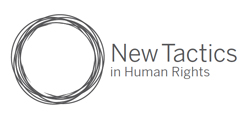Summary Available
The 1951 UN Convention Relating to the Status of Refugees provides protection for people forcibly displaced by threats of persecution and violence from their country of origin. The Convention defines these people as refugees, those who are “unable or unwilling to return… owing to a well-founded fear of being persecuted for reasons of race, religion, nationality, membership of a particular social group, or political opinion.” While the 1951 Convention put in place important protections for vulnerable groups around the world, it did not provide safeguards for all populations experiencing forced displacement. People forcibly displaced by economic conditions, development projects, natural disasters, and climate change are excluded from the scope of this Convention. Internally displaced people (IDPs) and stateless populations devoid of citizenship face additional hurdles in accessing protection; despite facing similar hardships, these groups don’t meet the UN designation of refugee and are disqualified from the Convention’s protections. This conversation focuses on people forcibly displaced by a variety of non-violent factors.


